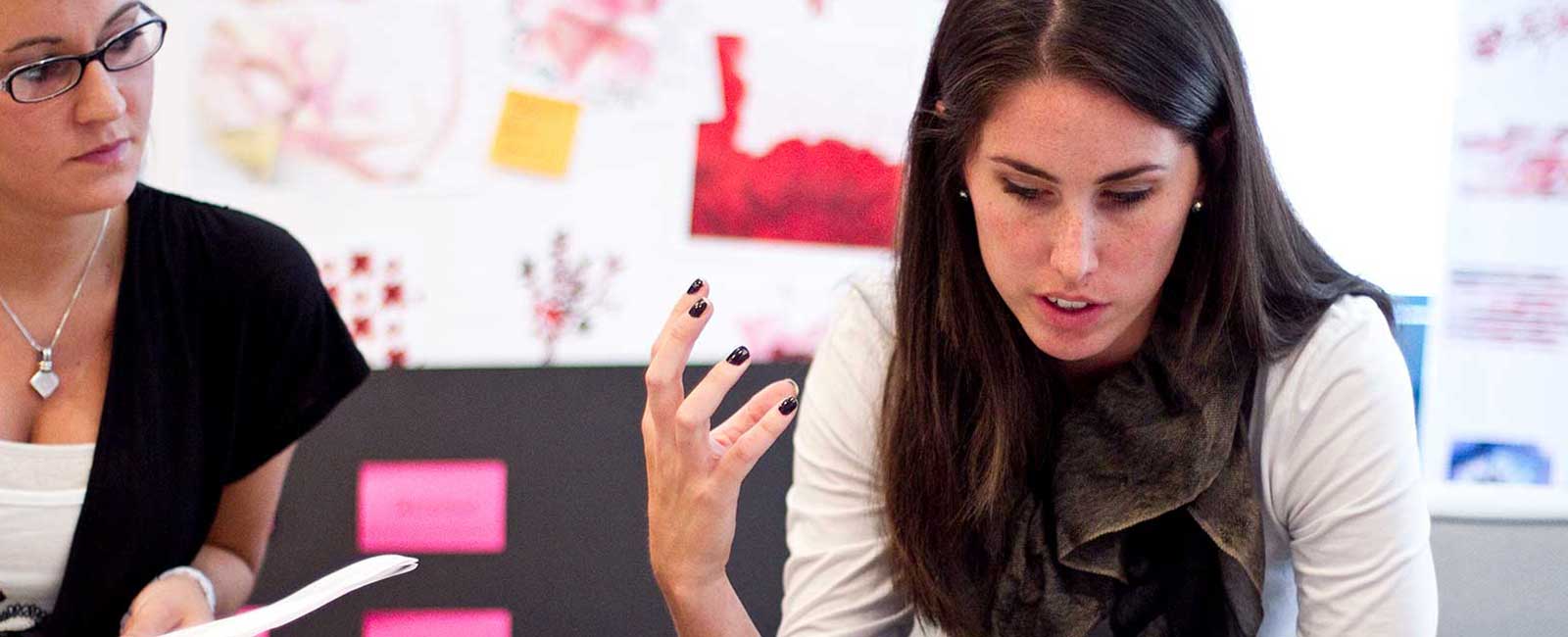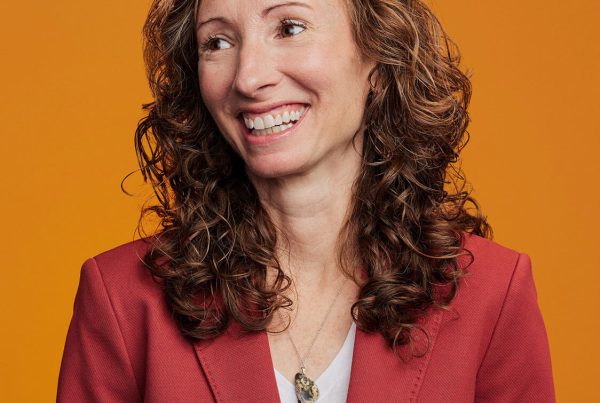Wanted: multi-talented emotional meteorologist with serious artistic chops. The role takes on daunting dimension in our new normal.
This piece was originally published by The Dieline.
We’re living in an era of vengeance.
Fired up about protecting the environment? So is clothing company Patagonia. Angry about bans on immigration? Ride-share company Lyft is doing something about it. Frustrated about the gender pay gap? Secret deodorant is a weapon of choice, fighting by your side. Calls for unity be damned, it is a climate of us versus them. People are thirsty for vindication from the struggles of their daily lives, and choosing like-minded brands that help them feel the slightest drop of a win. Furthermore, people are calling out the brands that clash with their beliefs and stand in their way.
While businesses (and the brands they manage) continue to carefully navigate these choppy waters and dodge boycotts, it begs the question: what about the people behind the brand? Specifically, the designers—what’s our role? How do we navigate this polarized environment?
Day in and day out, designers are charged with visually translating ideas that are meant to solve problems. It’s what separates the designer from the artist. And it’s never just about creating a solution; it’s about communicating the resolve to your audience coherently.
Simply stated: connecting to people is inherent to the role of designer.
But, this task is becoming increasingly more difficult. As the Pew Research Center explains, trust in institutions, especially big business, is at historic lows. As we look to the future, this barrier of distrust is something we as designers need to be able to overcome. The only way to do so is to have an understanding—no, an obsession—with the human condition.
People are complicated, multi-dimensional and downright weird. So, knowing the ins and outs of human behavior goes beyond commonplace demographics of age, gender, race or income level. That’s right, you can throw away what Millennials want as a strategy (you’re welcome).
People crave pleasures like safety, freedom and love, and fear such things as shame, isolation or danger. According to the late Dr. Steven Reiss, an Emeritus Professor of Psychology at The Ohio State University, people share 16 hard-wired desires that guide the choices we make:
Power • Prestige • Romance • Saving • Social Contact • Sustenance • Tranquility • Vengeance • Acceptance • Curiosity • Family • Honor • Idealism • Independence • Order • Physicality
These are ingrained in us and motivate behavior in ways that are both conscious and subconscious. They defy the rational mind, tapping into what consumers won’t necessarily reveal explicitly in a focus group.
These human truths aren’t obvious and can be tricky to uncover. But, the aptitude to play emotional meteorologist is something that carries increasing value—especially as people’s desires shift and flex over time.
Failure to connect with these desires can leave any brand vulnerable to emotional and commercial flops. Consumers have never been quicker to set off their bullshit meters—and to spread their warnings on social media (ahem, Pepsi). On the flipside, introducing and translating a fresh connection can break through the clutter in a tired category.
Take Airbnb: the hospitality industry has cornered the market for experiences of status and prestige. While this delivers a luxurious experience, it can alienate a lot of people with its exclusivity. Airbnb understood this, creating a disruptive brand rooted in acceptance—from its identity and expression to the user experience and brand behavior. Playing to our want to fit in, when Airbnb activates upon “belong together,” consumers opt in.
This is the charge of the future designer: to forge connections with people that are true and visceral, to compel people to feel something they can’t quite explain. We must go beyond flat consumer research surveys and dive head first into what keeps people up at night, and gets them out of bed in the morning. Understanding—and truly giving a damn about these unspoken desires—gives way for compelling creative solutions people can believe in, no matter what’s going on in the world from a cultural or political standpoint. It is our job; no one is going to do it for us. It’s now up to you if you choose to accept.
This article appears as it was originally published for The Dieline on thedieline.com.
Want to start a deeper conversation about designing for desires? Reach out to Meredith at meredith.post@lpk.com.
—
Meredith Post is a design director at LPK and a proud (and loud) Green Bay Packers owner. She brings extraordinary creative ideas and a steadfast promise to bettering her work and clients every day. You can mostly find her spreading the good word of Kanye West or sharpening her opinion as a political junkie.
Follow LPK on Twitter at @lpk. And find Meredith at @meredithwhitney.








